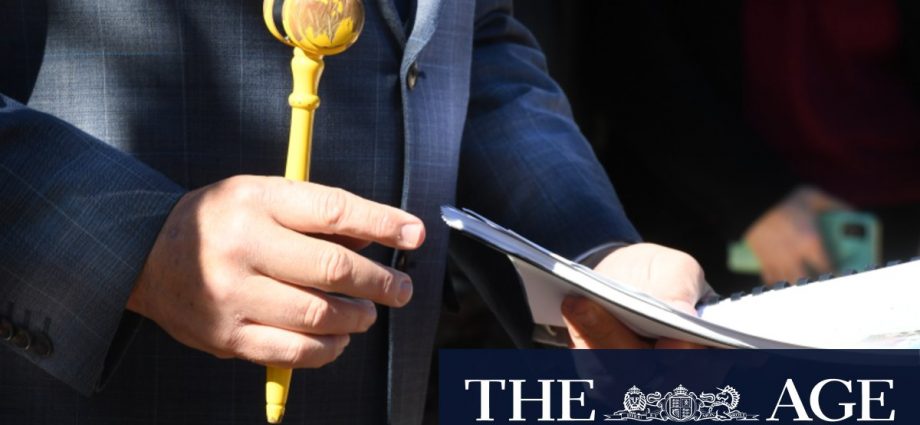“Improved sentiment following the February rate cut is likely the biggest driver of the turnaround in values, along with the cut’s direct influence of a slight improvement in borrowing capacity and mortgage serviceability,” he said.
“With the rate-cutting cycle expected to be drawn out, it will be interesting if this positive inflection [in] values can last in the face of affordability constraints.”
Some parts of regional Australia are still experiencing huge increases in property values. Western Australia’s midwest has experienced a 25.4 per cent jump in values over the past 12 months, Queensland’s Townsville is up 23.5 per cent while across the Yorke Peninsula in South Australia values have lifted 17.2 per cent.
Those higher values, however, have left housing affordability at near record lows. CoreLogic estimates the national dwelling value to household income ratio sits at 8, while loan serviceability levels are also at record levels.
All parties are going to the May 3 election promising policies aimed at boosting home construction or making property more affordable.
But research to be published on Tuesday by progressive think tank Per Capita shows the drop in affordability, particularly for first time buyers, has been exacerbated by a decade-long period of low wage growth.
It found real wages rose by just 0.2 per cent a year in the decade to 2022. By contrast, in the 20 years to 2012, real wages had risen 1.4 per cent a year.

Young home buyers lost $54,000 in purchasing power due to slow wages growth over the past decade, a new report shows.Credit: Louie Douvis
Per Capita estimates that if real wages had kept pace with the pre-2012 growth rate, wages today would be almost $12,000 higher.
Over the decade, the slower wage growth had cost a typical first home buyer an additional $54,000 towards a home deposit.
Per Capita executive director Emma Dawson said the lack of real wages growth endured by Millennial and Gen Z Australians during the 2012 to 2022 period had forced them to rely increasingly on the bank of mum and dad to get into the property market.
Loading
The shortfall of $54,000 was the equivalent of a 20 per cent deposit for a couple buying their $500,000 first home, she said.
“This report shows the power of wages in achieving housing affordability,” Dawson said. “Supply-side measures to build more homes are critical, but allowing people to get ahead with wage increases is a critical factor in affordability.”
Figures from the Housing Industry Association on Monday showed new home sales in February were flat compared with January.


